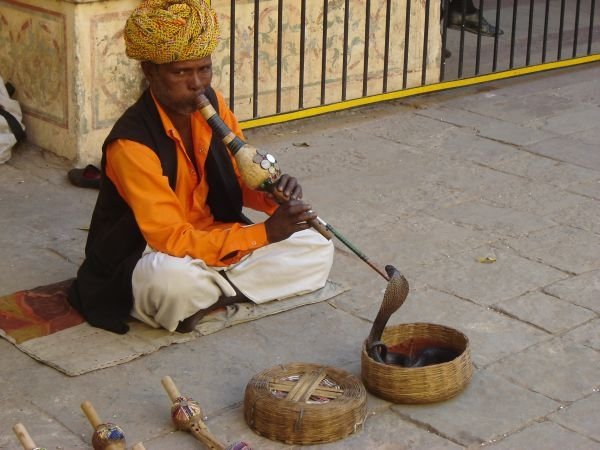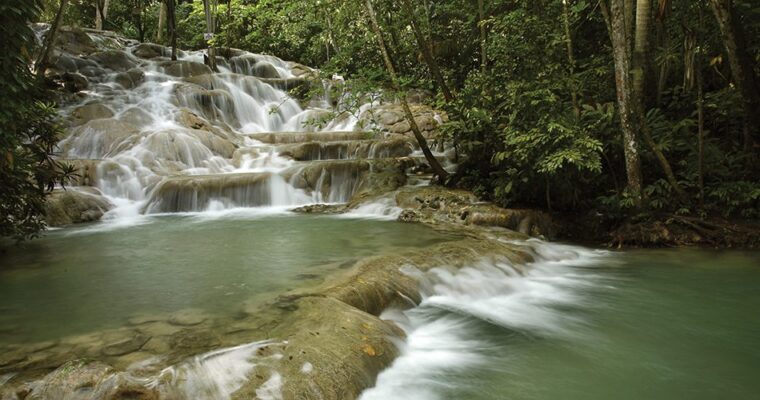The minute you walk off the plane in India, it hits you. An overwhelming assault on your sense: the smells, the colors, the heat, the noise. With a billion people, the world’s largest democracy and one of the fastest growing economies, the country can be overwhelming and extraordinary for westerners to visit. India is a land of extremes: extreme temperatures, beauty, poverty, technology, history, wealth, population, traffic, and opportunity. And if you go there, be ready for an unforgettable adventure.
India is the only country in the world that has more than one billion people in a land mass that is one third the size of China or the United States. It is the origin of four world religions including Hinduism, Buddhism, Jainism and Sikhism and hosts residents who practice many other religions including Christianity and Islam. India’s diversity is also reflected in the language. Several mother tongues are recognized, but the census has counted more than 1,600 languages in the country. Hindi and English are the main languages taught in schools and used in government, but some states legislate in their own languages. The diverse communication adds to the challenge and complication that makes India a unique environment to govern and do business in.
Despite all the diversity, the 28 states and seven union territories all have something in common – a deep history and spectacular attractions. In the capital of Delhi, there is Raj Ghat, Mahatma Gandhi’s memorial marking the spot of his cremation with an eternal flame. Winner of multiple awards for architecture, The Lotus Temple is a massive flower-like house of worship for the Baha’i that is prominent in the Delhi night sky when it is illuminated. But the most famous attraction is outside Delhi in Agra where the magnificent Taj Mahal stands. Completed in 1648 as a tomb for Emperor Shah Jahan’s beloved third wife Momtaz Mahal, the Taj Mahal’s most dazzling feature is its onion-shaped marble dome with a lotus design at the top. Fancy calligraphy frames the structure with scripture and poetic verses that were once encrusted with jewels later taken by the colonial powers during their rule in India. The four minarets flanking the tomb were meant for worship; they were built slightly off-center so they would fall away from the structure in case of a natural disaster.
I also took a road trip to Jaipur to see the Hawa Mahal or “Palace of Winds.” This towering, honeycombed, pink sandstone structure adored with intricate latticework has 953 windows all used by royal ladies who could peer down at the street below to observe the action without being seen.
There is nothing quite as extreme as driving down the streets of India. My aunt describes it best: “In India, people drive from one crisis to the next.” On the road to Jaipur, our driver weaves through honking cars, rickshaws, vegetable carts, buffalo and even an elephant – at times driving down the wrong way on the road dodging skinny bikers carrying grocery items in one hand and steering with the other. Children – two or three at a time – cling to fathers who balance them on their scooters while other kids grab a free ride on a car by hanging on the back and standing on the bumper. At the same time, buses packed with people, some hanging from the sides, whizz by. One big bump in the road or sharp turn, and it could be all over for someone in this chaotic scene.
But there is a subtle beauty in the rhythm of it all. In Jaipur, among the splendor and five-star hotels, the sidewalks are blanketed with thousands of street vendors selling Indian mirror-work clothing and handicrafts begging to be sold for a good bargain. Strong, able, men rest on their haunches and take a break from the heat along the roadside. The women with their dusty hair and sandy feet wear brilliant-colored saris draped over their dark bodies and smile broadly under the large baskets balanced on their heads.
Despite all the extremes that the people of India experience, there is a quiet balance of life that this ancient culture has mastered. It is no wonder that visitors from all over the world still travel from afar to be part of this alluring and mesmerizing place.
The Extremes of India

 Krisha Chachra served eight years on the Blacksburg Town Council and has written for NRV Magazine for a decade. She is a member of The Mama Movement and a proud mom to a curious toddler. Krisha is a community advocate and connector and runs an event production organization that hosts Up on the Roof. Krisha has reported and hosted shows for public radio and television and has freelanced for USA Weekend Magazine, the Honolulu Advertiser and the Alexandria Gazette among others. Her book about returning to Blacksburg, Homecoming Journals, may be found online or in local bookstores.
Krisha Chachra served eight years on the Blacksburg Town Council and has written for NRV Magazine for a decade. She is a member of The Mama Movement and a proud mom to a curious toddler. Krisha is a community advocate and connector and runs an event production organization that hosts Up on the Roof. Krisha has reported and hosted shows for public radio and television and has freelanced for USA Weekend Magazine, the Honolulu Advertiser and the Alexandria Gazette among others. Her book about returning to Blacksburg, Homecoming Journals, may be found online or in local bookstores.
Recent Comments